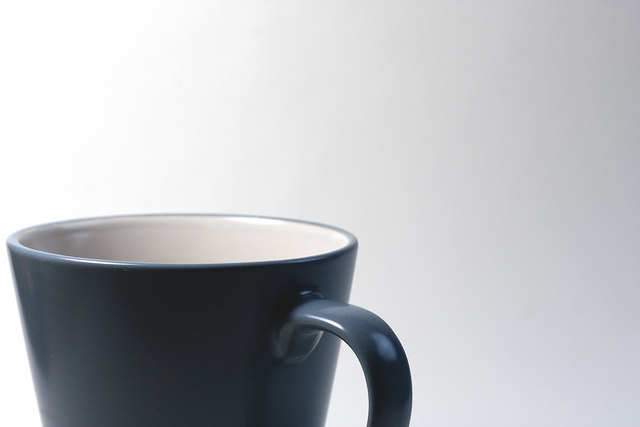Tao habit: Secret of Emptiness in a Cup
 A cup is useful for its emptiness.
A cup is useful for its emptiness.
Without the emptiness, there is no space to hold the drink, making the cup useless as a cup.
So while physical existence of the cup is what we see, it is its emptiness that makes the cup useful.
A house is useful for its emptiness.
Without the space, no one can live in there, and the house is useless as a house.
While the walls and pillars are what we see, emptiness is the purpose of the house’s physical existence.
Emptiness is the non-being, the intangible. In contrast, being is the physical presence of a thing, the tangible. Being is ‘something’ or ‘have’. Nonbeing is ‘nothing’ or ‘have not’.
They are the yang and yin of existence.
They are the whats and whys of the things you see.
Although the cup – or the something — is what you own, it is the emptiness – the nothing – that you use. You own the being — the cup — for the non-being — the space.
For the same token, although it is the physical structure of the house – or something — that you own, it is the emptiness of the house, or non-being, that is useful to you.
The purpose of the house is not in the being — the pillars, the walls or the furnishings. It is in the non-being — the space. A house without space is useless, however fine the pillars and the walls are.
Being is useless without non-being. Non-being, nevertheless, cannot come into existence without being.
TAO HABIT
Know the being and non-being, and learn to tell the difference between them.
When you evaluating the value of anything, ask yourself this question, “What are its beings and non-beings?”
By answering the question, you would gain valuable insight onto the things that you are looking at. With the habit, you are in a better position to have clarity of the meaning of every existence that you come into contact with.
No longer do you judge a book by its cover, or a person by his look. You are able to read between the lines, and identify nuances that escape most people’s eyes. You are able to see success in failure, failure in success, and generate value in every moment of your life.
As Lao Tze puts it:
”Spokes are connected to make a wheel;
yet it is the hole within the hub that moves the wagon.
Clay is molded to shape into pot;
yet it is the emptiness within that makes it an utensil.
Doors and windows are cut to make a room;
yet it is the inner space within that makes it livable.
Therefore, advantage comes from what is;
usefulness comes from what is not.”Tao Te Ching Chapter 11
Thank you Andreas for the picture.







This returns me to a familiar turf. My Thesis on the Nature of Nothing in Heidegger’s Phenomenological Ontology draws eminently from the Tao Te Ching—the Doctrine of the Way and its Attainment.
It’s a way of thinking that allows for continual innovation, and it’s the way to go if we wish to create a richer and more peaceful world.